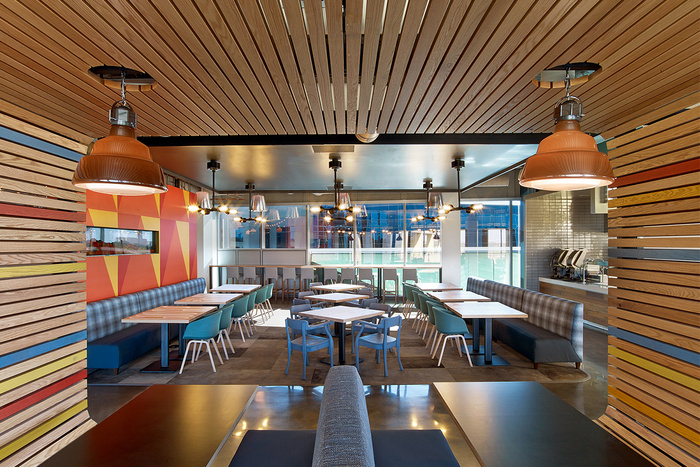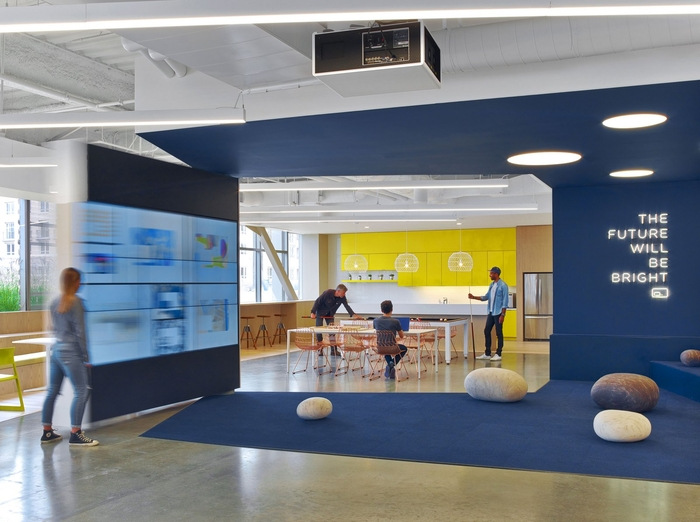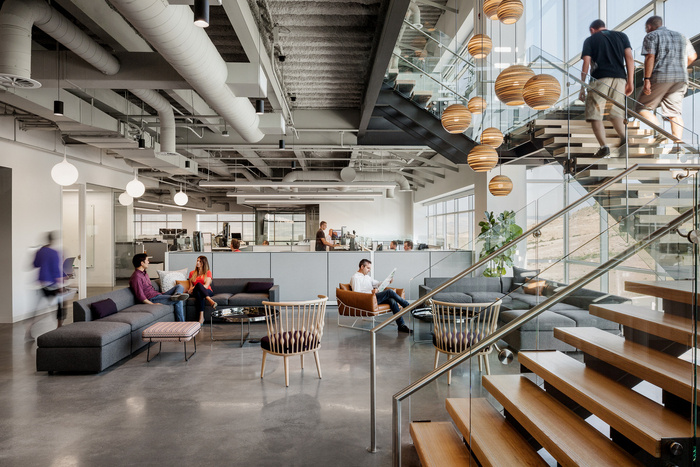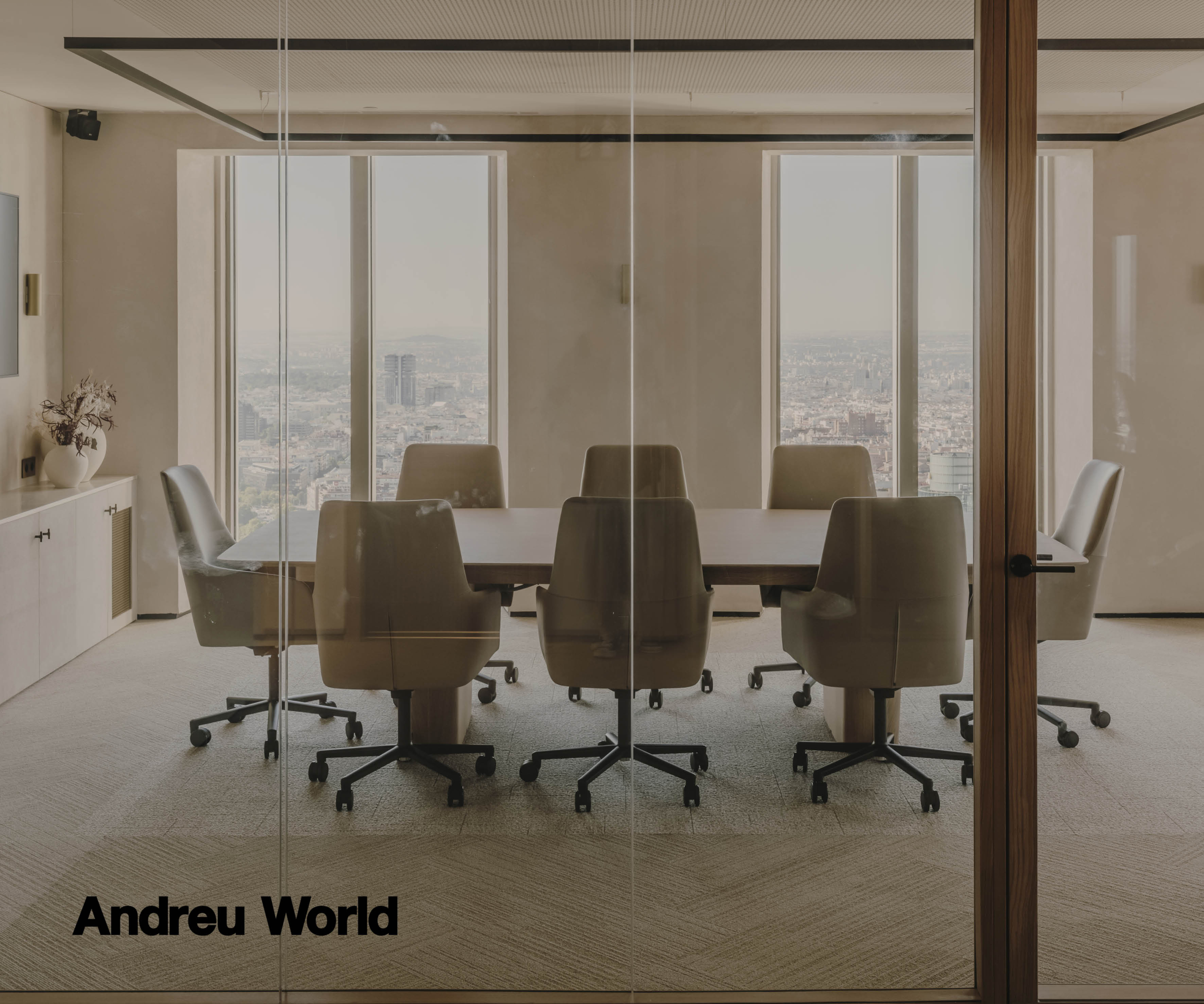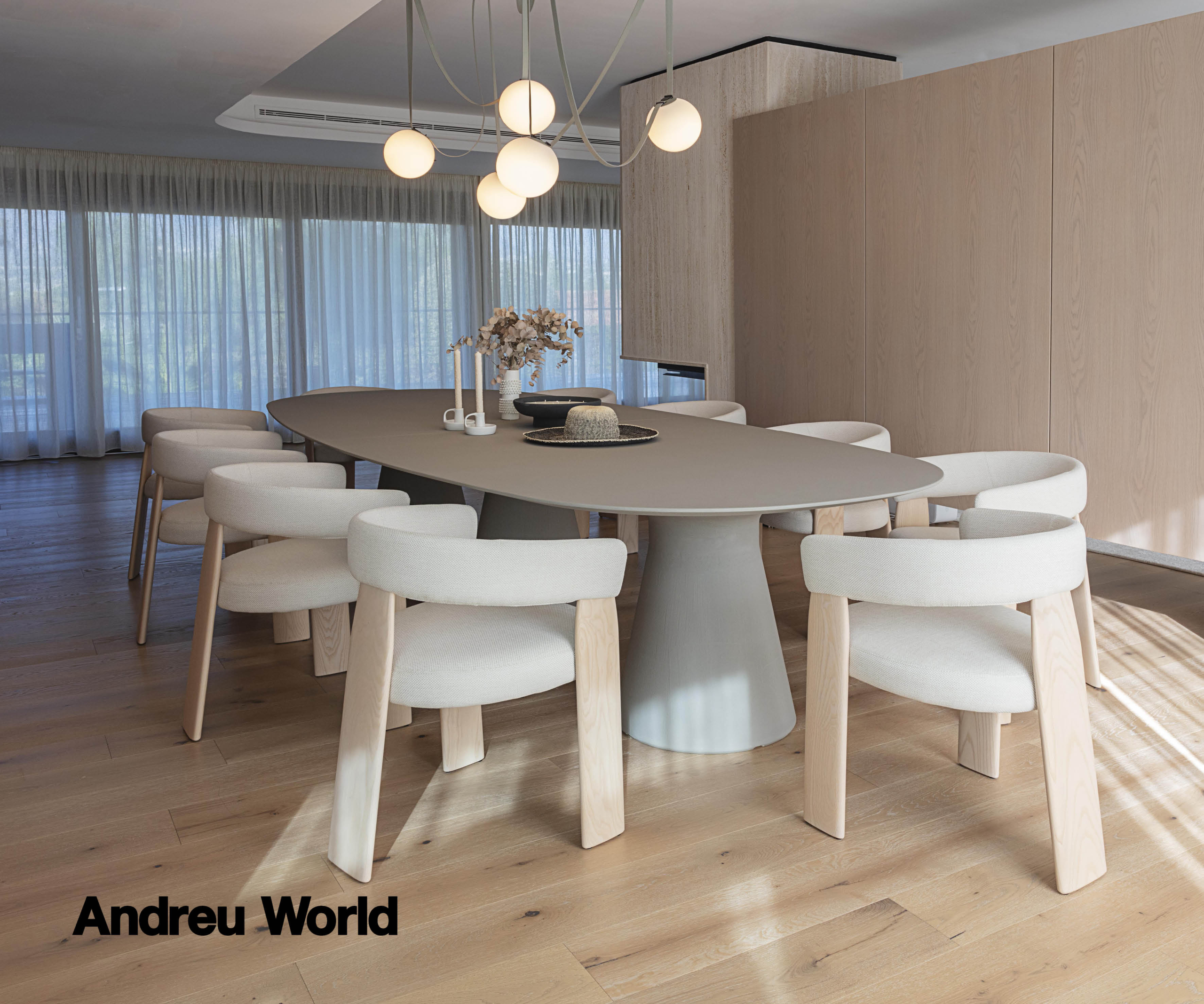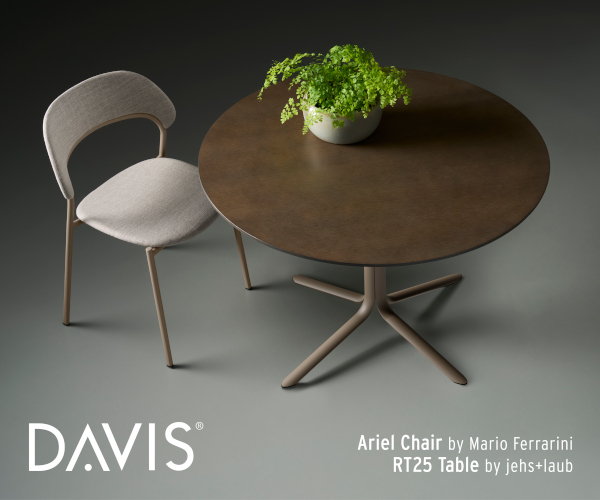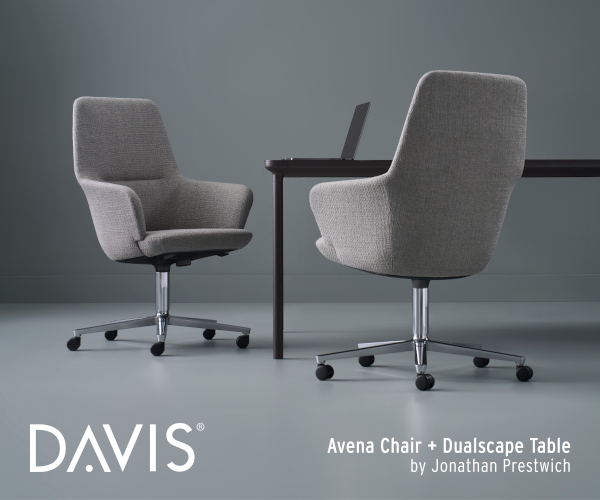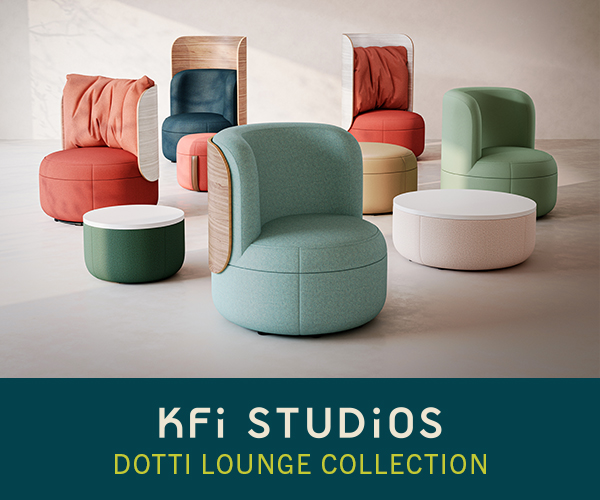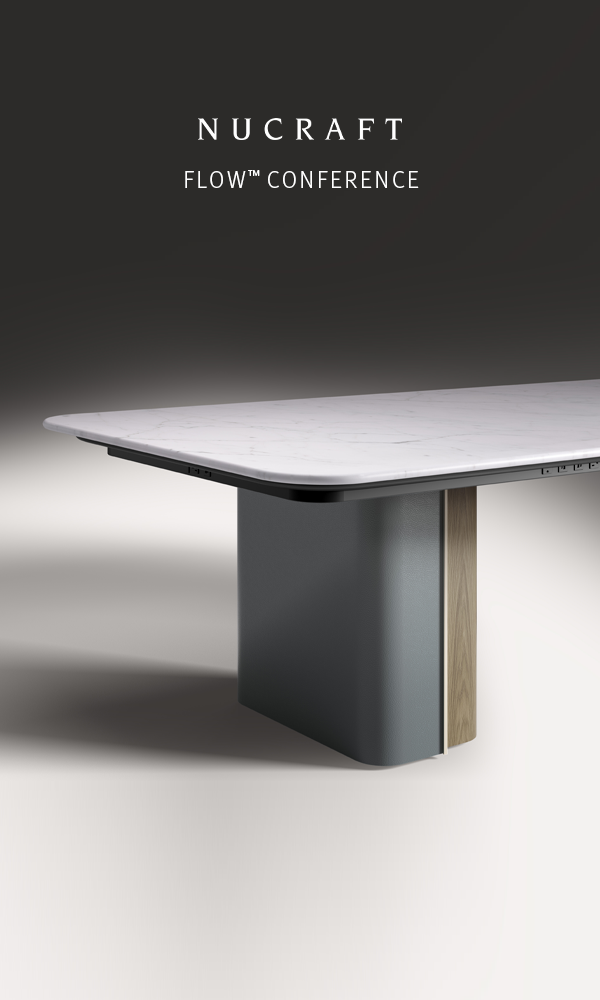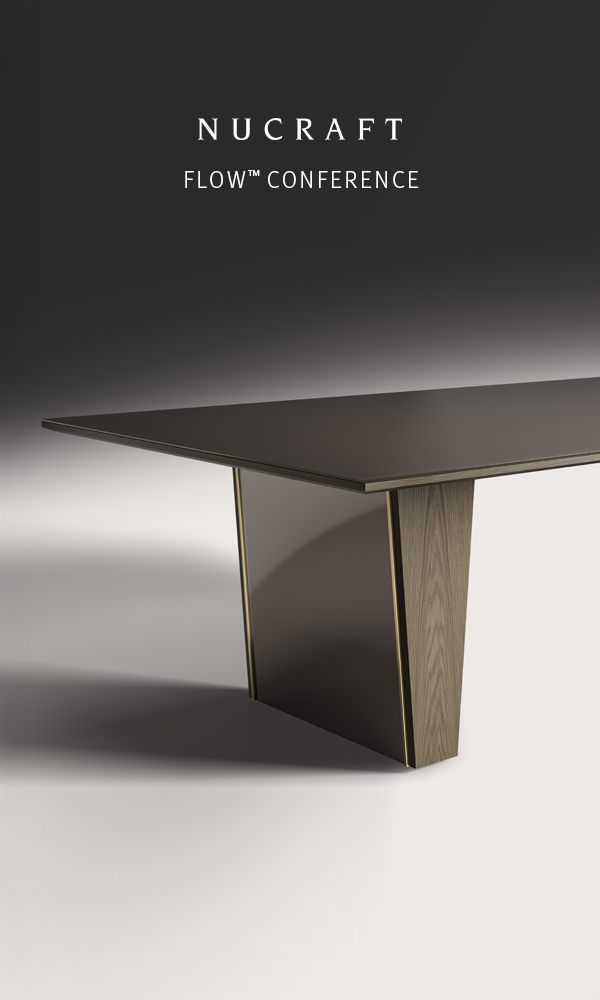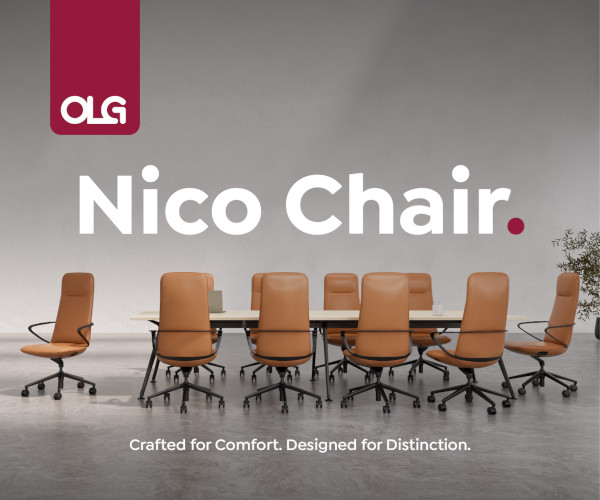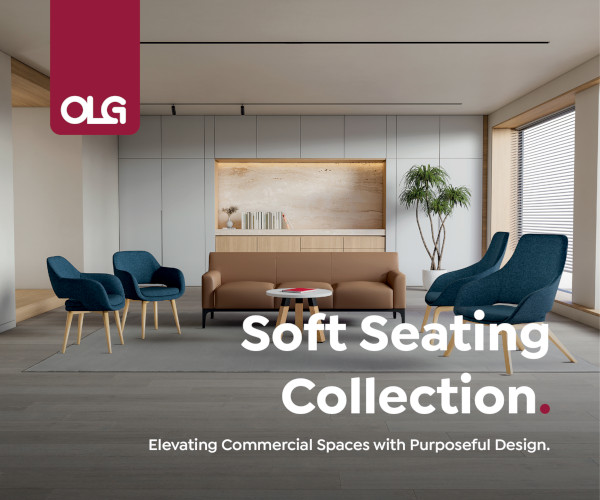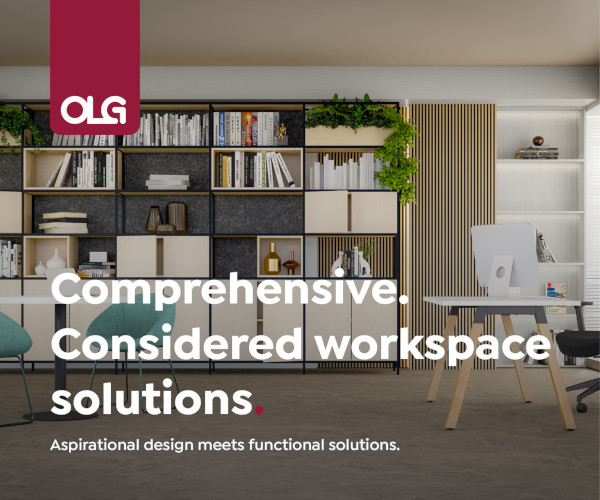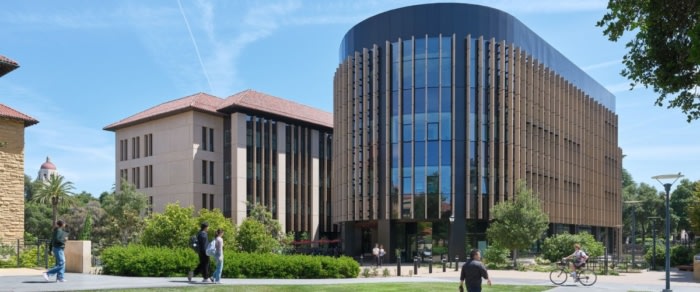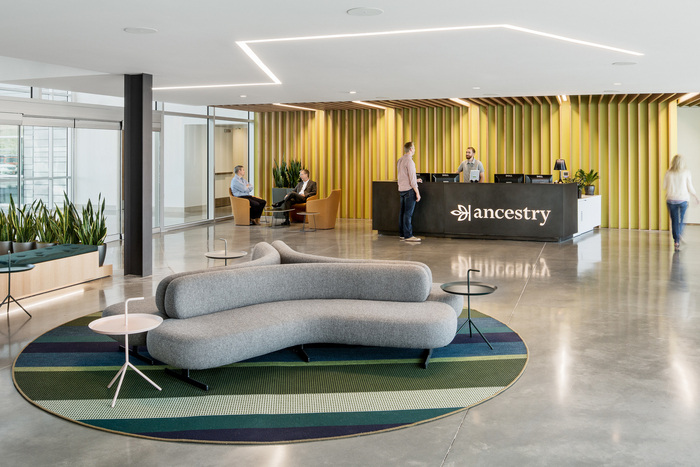
On Branding: An Interview with David Galullo, CEO and Chief Creative Officer of Rapt Studio
On Branding is a editorial series of interviews investigating the concept of branding in the modern workplace.
We recently spoke with David Galullo, CEO and Chief Creative Officer of Rapt Studio, who recently designed the offices of Dropbox, Google, Fullscreen, and Ancestry.
David tells us about what branding looks like in the contemporary office landscape looks like and how the firm works to help clients create an environment which matches the unique identity of each organization.
—
What does workplace branding look like for a client of Rapt Studio? Is it different depending on the company?
DG: With regard to workplace branding, our response for each client is specific and unique to that client. First off, we believe that brand is a company’s “WHY.” We believe that brand is the feeling that a customer or employee has about that company; the emotional connection to that company; the reason behind the relationship with that company.
If you believe this then the response needs to always be immersive and meaningful, never applied as an afterthought. It also needs to be “baked in” at the beginning – that is to say that the design of a workplace, it’s attitude toward democratic allotment of light and view, it’s outlook on gathering and interaction, it’s general direction as it relates to how people enter, move through and work within the space all build the “brand” expression or connection to the company.
So much like a novel that through its many pages, subtly unfolds, and ultimately leaves the reader with an incredible and meaningful connection to its characters, so too must a workplace brand reveal itself subtly and at a base level more meaningfully than could ever be achieved by simply applying posters or super-graphics on walls.
Google Orange County by Rapt Studio
Workplace branding seems to be often portrayed as simply the addition of company logos and colors. Do you find there are misconceptions about what it is or what it can be?
DG: Again, with another ping-pong table laden, bright colored, graphics strewn workplace project brought to the forefront every day, we are finding that clients are still looking around trying to understand why some work to build meaningful connections with their employees and why some don’t. Which brings me to the above “secret” – there just isn’t a secret… it just needs to be genuine, honest, and truly stemming from the heart of the brand.
For those brands that are built by “true believers,” (Ancestry, Google, Make, and J. Dawgs) this is easier as there is less mining necessary to find the genuine connections, for those companies that are further away from their founding, with second and third generation leadership, or those that are less built on belief but instead on a financial model, it is often harder to get to the meaningful, the authentic, and the genuine, as the marketing language has become the blanket response. Not impossible, just harder…
Fullscreen Los Angeles by Rapt Studio
Photo by Eric LaignelCan a company’s brand and identity go beyond aesthetics to influence the organization and design of a space?
DG: Yes, the discussion around a company’s brand and its culture need to be merged, as one is a subset of the other and are intimately linked. Because of this, brand and identity ALWAYS go beyond aesthetics – to organizational norms, personalities, rituals and culture. A well-designed space takes all of these into account and not just to foster existing rituals or norms, but to help to build, enrich and encourage new rituals, organizational and cultural initiatives. This can be a powerful tool for leaders to lead a company forward.
Ancestry by Rapt Studio
Photo by Jeremy BittermanWhat are some benefits associated with a company brand being strongly represented in the workplace?
DG: When a company’s “WHY” is evident in the workplace; when an employee is reminded daily that they belong to something larger than themselves; when a customer can simply enter and understand the genuine connection they have to a brand, then those connections and that relationship are strengthened. Brand, to Rapt, is about connections, and the thoughtful, genuine and powerful connection that comes from a well-designed workplace is paramount.
OS: Do you have any other thoughts about what workplace branding is or isn’t or should be?
DG: Just one more thought. The thoughtful creation, development and expression of a powerful brand is never about the designer – never. We pride ourselves in our portfolio being a wide array of aesthetic responses to our rich and diverse client list – because at the end of the day, this is not about us, but about each and every specific, unique and genuine company that we work with.
